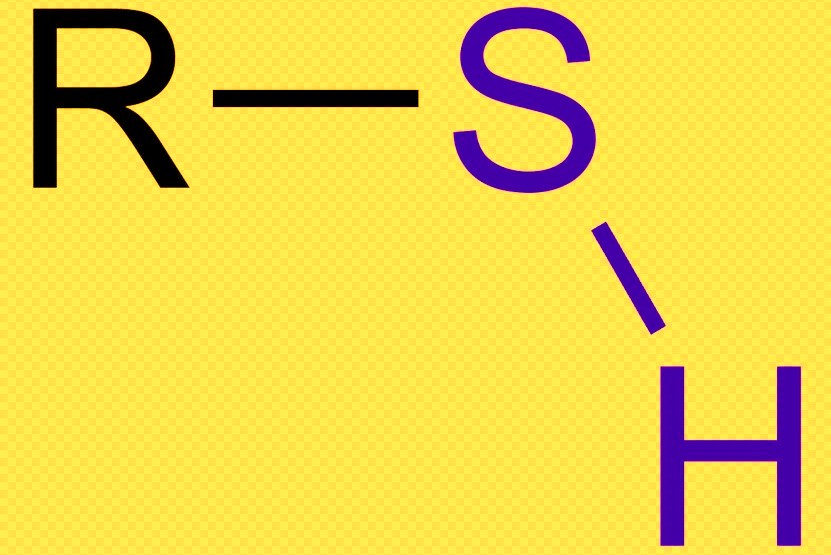 Sweetening – is the process of mercaptan (mercaptan sulfur) removal from hydrocarbon fractions. For LPG sweetening mainly used alkaline extractive mercaptan removal with the following catalytic regeneration of alkali. In this case, along with mercaptan removal occurs LPG desulfurization.
Sweetening – is the process of mercaptan (mercaptan sulfur) removal from hydrocarbon fractions. For LPG sweetening mainly used alkaline extractive mercaptan removal with the following catalytic regeneration of alkali. In this case, along with mercaptan removal occurs LPG desulfurization.
Kerosene fraction sweetening process may be alkaline, but it proceeds directly in hydrocarbon phase in the presence of phthalocyanine catalyst, atmospheric oxygen and alkali. Sweetening occurs due to oxidation of corrosive mercaptans dissolved in kerosene to inert disulfides:
2RSH + 0,5 O2 → RSSR + H2O
Catalytic oxidative mercaptan removal is deodorization process, i.e. odor removal without changing the total sulfur content in fraction.
Hydrotreating process often used for mercaptan removal from kerosene. At hydrotreating sulfur compounds, including mercaptans at high temperature in the presence of nickel-molybdenum catalyst and hydrogen are converted to hydrogen sulfide and fed to the Claus unit for hydrogen sulfide oxidation to elemental sulfur. At kerosene hydrotreating mercaptan removal accompanied by removal of sulfur compounds.
Gas condensates and light oil sweetening generally carried out on LPG alkaline sweetening technology. The main purpose is to remove corrosive methyl and ethyl mercaptans, so prepare gas condensates and light oils to transportation.



